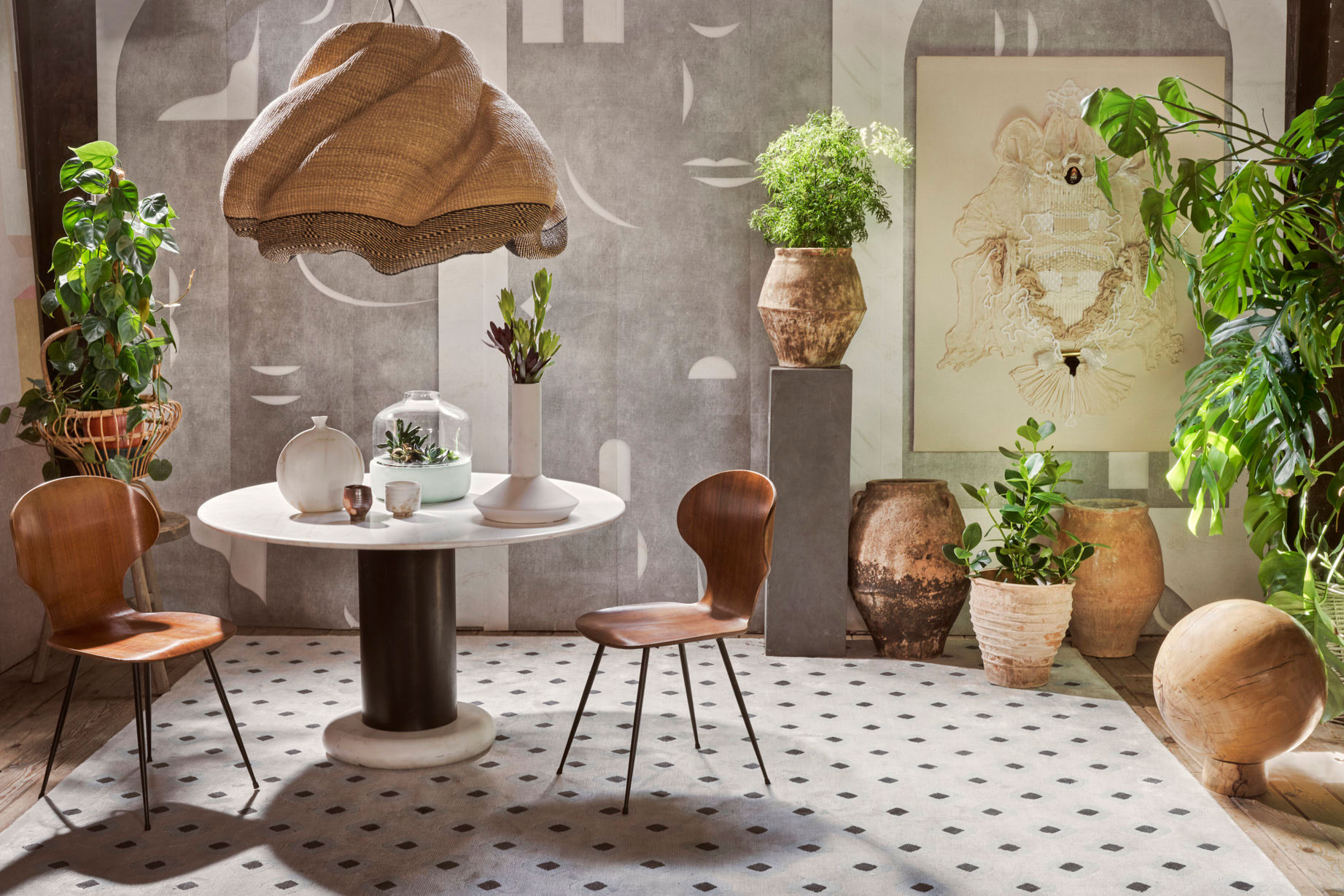Sustainable is becoming increasingly important in today’s world as we strive to reduce our impact on the environment. As a result, many designers are incorporating eco-friendly materials and sustainable design practices into their work. In this blog, we’ll explore sustainable design and eco-friendly materials in interior design.
What is Sustainable Design?
It is an approach to design that takes into account the environmental impact of a product or service. It involves using materials and resources that have a low environmental impact, reducing waste, and creating products that are durable and long-lasting. In interior design, sustainable focuses on creating spaces that are healthy and safe for the occupants while also minimizing the impact on the environment.
Eco-Friendly Materials in Interior Design
There are many eco-friendly materials that can be used in interior design. Some of these are mentioned below:
1.) Reclaimed Wood –
Reclaimed wood is wood taken out from old buildings or structures. It’s a great option for interior design because it’s sustainable, durable, and has a unique character that can’t be replicated.
2.) Bamboo –
Bamboo is a fast-growing and popular renewable resource that’s ideal for flooring, furniture, and décor. It’s a strong and durable material that’s also lightweight and easy to work with.
3.) Recycled Glass –
Recycled glass is a great option for countertops, backsplashes, and other surfaces. It’s made from post-consumer glass and is available in a variety of colors and textures.
4.) Cork –
Cork is a renewable resource that’s harvested from the bark of cork trees. It’s a great option for flooring, as it’s durable, comfortable, and has natural insulating properties.
5.) Organic Fabrics –
Organic fabrics are made from natural materials like cotton, linen, and hemp. They’re grown without harmful pesticides or chemicals and are made available in many colors and textures.
Sustainable Design Practices in Interior Design
In addition to using eco-friendly materials, there are several sustainable design practices that can be incorporated into interior design. Here are a few examples:
1.) Energy-Efficient Lighting –
Energy-efficient lighting, like LED lights, can reduce energy consumption and reduce utility bills.
2.) Water Conservation –
Water conservation can be achieved through the use of low-flow fixtures, like toilets and faucets, and by choosing water-efficient appliances.
3.) Indoor Air Quality –
Indoor air quality is vital for the health and well-being of the residents. Choosing low-VOC paints and finishes, as well as using plants to purify the air, can help improve indoor air quality.
4.) Recycling and Waste Reduction –
Recycling and waste reduction are important aspects of sustainable. Incorporating recycling bins into the design, using compostable materials, and choosing products with minimal packaging can all help reduce waste.
In conclusion, sustainable design and eco-friendly materials are becoming increasingly important in interior design. By using reclaimed wood, bamboo, recycled glass, cork, and organic fabrics, and incorporating sustainable design practices like energy-efficient lighting, water conservation, and recycling and waste reduction, designers can create beautiful spaces that are healthy and safe for the occupants and have minimal impact on the environment. So, if you’re looking to create a sustainable and eco-friendly space, consider incorporating some of these sustainable design ideas and materials into your interior design.

